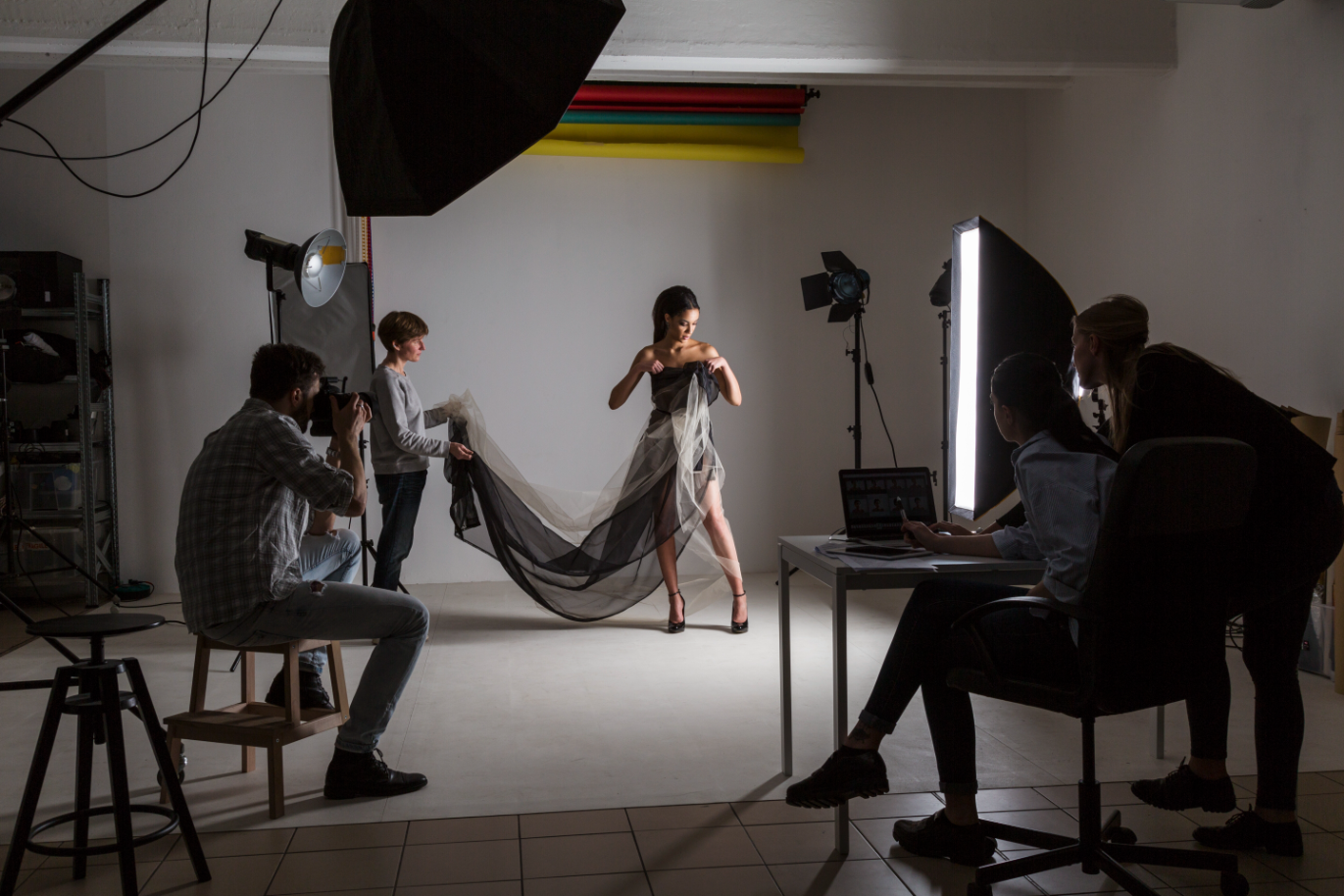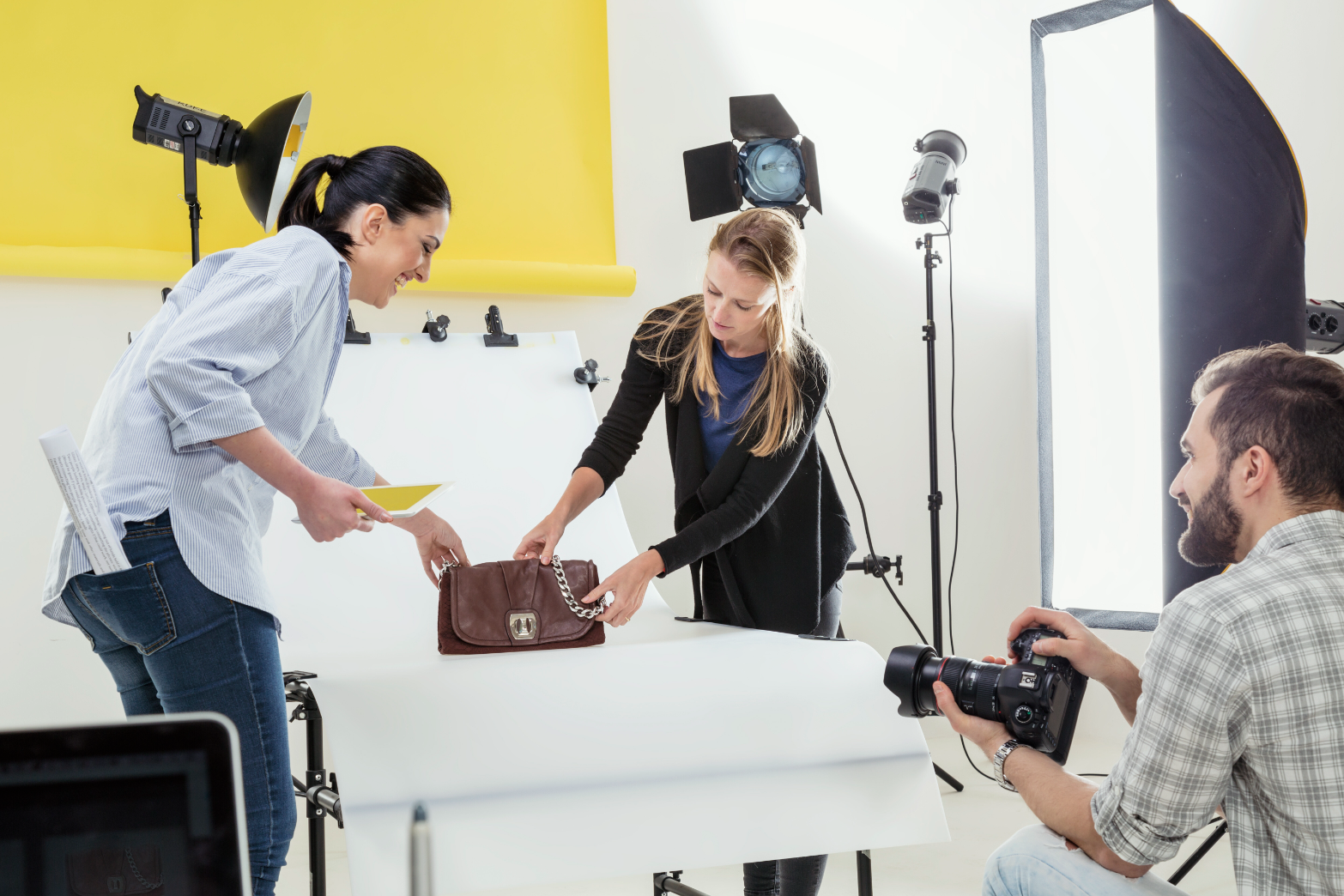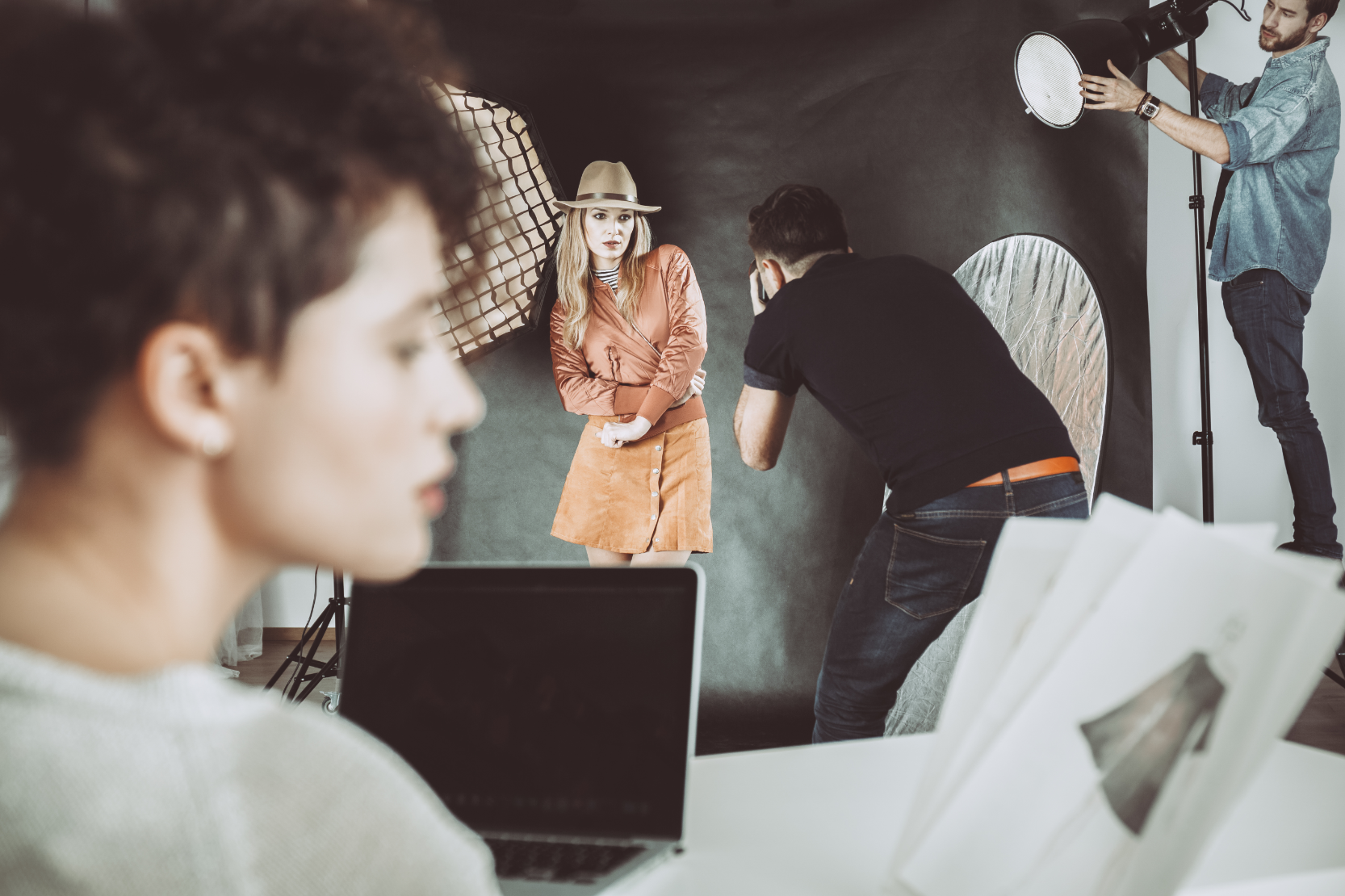Master Professional Lighting: Create Impactful Film Visuals

Master Professional Lighting: Create Impactful Film Visuals
In the vast landscape of filmmaking, where every frame tells a story and every shot aims to captivate, few elements wield as much power as professional lighting. It's often said that cinematography is painting with light, and truly, mastering this art transforms mere visuals into profound experiences. Lighting isn't just about making your subject visible; it's about crafting atmosphere, evoking emotion, guiding the viewer's eye, and defining the very essence of your narrative.
Whether you're an aspiring indie filmmaker or a seasoned professional, understanding the nuances of lighting can elevate your production from amateur to impactful. This comprehensive guide will walk you through the core principles, creative applications, and practical techniques to help you harness the power of light and create truly memorable film visuals that resonate deeply with your audience.
The Fundamentals: Understanding Light's Language
Before you can break the rules, you must first understand them. At the heart of professional lighting lies a fundamental set of principles that govern how light interacts with your scene and subject. The cornerstone is often the "three-point lighting" setup: the Key Light, which is the primary source illuminating your subject; the Fill Light, which softens shadows created by the key light; and the Backlight (or Hair Light), which separates the subject from the background, adding depth and dimension. Mastering the balance between these three allows for controlled, aesthetically pleasing illumination.
Beyond placement, consider the quality and direction of light. Hard light, typically from a small, undiffused source, creates sharp, defined shadows, often conveying drama or harshness. Soft light, from a larger or diffused source, produces gentle, feathered shadows, often associated with beauty, tenderness, or naturalism. The direction of light – front, side, top, or bottom – dramatically alters facial features and the overall mood. Furthermore, color temperature (warm vs. cool) dictates the emotional feel, with common temperatures like 3200K (tungsten) and 5600K (daylight) forming the basis of color consistency in your scenes.
Practical Tip: Start by experimenting with a single light source. Observe how its position, intensity, and modifiers (like diffusers or reflectors) completely change the look and feel of your subject. Gradually introduce a second and then a third light, understanding the unique contribution of each to the overall image.
Crafting Mood and Emotion Through Illumination
Lighting is a potent tool for emotional storytelling. A high-key lighting setup, characterized by bright, even illumination with minimal shadows, often signals optimism, innocence, or comedy. Think of a brightly lit kitchen scene in a romantic comedy. Conversely, low-key lighting, featuring stark contrasts, deep shadows, and selective illumination, is perfect for conveying suspense, mystery, or drama, much like a film noir detective story. The strategic use of light and shadow, known as chiaroscuro, can sculpt faces, hide secrets, and emphasize psychological states.
Consider the role of motivated lighting – light sources that appear to come from logical elements within the scene, such as a window, a lamp, or a streetlight. This grounds your lighting in reality, even if you're enhancing it with hidden professional fixtures. Practical lights (lamps, candles, monitors within the shot) can also serve as powerful aesthetic elements, adding realism and warmth, or creating intriguing patterns of light and shadow. The choice to embrace or eschew realism with your lighting directly influences the audience's emotional connection to the narrative.
Practical Tip: Watch your favorite films and pay close attention to the lighting. How do the filmmakers use light to communicate character emotions? What kind of mood is established in different scenes? Try to reverse-engineer their lighting choices and apply similar principles to your own projects, focusing on how light tells the story.
Essential Gear and Creative Solutions on a Budget
While high-end productions boast expansive lighting packages, impactful visuals are achievable without breaking the bank. Modern LED lights offer incredible versatility, energy efficiency, and adjustable color temperature, making them excellent starting points. Fresnels provide a focused beam with sharp shadows, while softboxes and large diffusion frames create beautiful, enveloping soft light. Don't forget sturdy light stands, C-stands, and clamps – safety and precise positioning are paramount.
For budget-conscious filmmakers, creativity is your best friend. Natural light is a powerful, free resource; learn to harness it with reflectors, diffusers, and flags to shape and control. Household lamps, clip lights, and even flashlights can be repurposed with DIY diffusion materials (like parchment paper or white fabrics). Negative fill, using black flags or boards to absorb light and deepen shadows, costs little but offers significant control over contrast. Often, a single well-placed, inexpensive light with effective shaping tools is more effective than multiple unmanaged expensive lights.
Practical Tip: Invest in a basic 2-3 light LED panel kit with adjustable color temperature. Supplement this with affordable grip equipment like collapsible reflectors/diffusers, black fabric (for flags and negative fill), and a few rolls of diffusion material. This simple setup provides a solid foundation for most small-scale productions.
The Art of Shaping and Controlling Light
Simply placing lights isn't enough; true mastery lies in shaping and controlling every beam. Flags (often black fabric or solid boards) are indispensable for blocking light from unwanted areas, creating precise shadows, or preventing light spill. Silks and scrims diffuse and reduce light intensity without altering its quality, softening harsh sources or balancing exposure. Grids attach to softboxes or reflectors, narrowing the beam spread and preventing light from bouncing all over your set.
Understanding light ratios is also crucial. This refers to the difference in intensity between the illuminated and shadowed areas of your subject. A higher ratio (e.g., 8:1) creates dramatic, high-contrast images, while a lower ratio (e.g., 2:1) results in softer, more evenly lit visuals. By meticulously controlling these elements, you can create depth, separate your subject from the background, and draw the viewer's eye to specific points of interest within your frame, enhancing the visual storytelling.
Practical Tip: Practice "painting with light" in a controlled environment. Set up a simple subject and use one light. Then, introduce flags, diffusers, and reflectors one by one, observing how each tool sculpts the light and shadow. Focus on creating intentional light patterns rather than just general illumination.
Conclusion
Professional lighting is far more than a technical requirement; it's an art form that breathes life into your cinematic visions. By understanding the fundamentals, learning to craft mood, mastering essential gear (and creative alternatives), and meticulously shaping every ray, you unlock the power to create truly impactful film visuals. Each flicker, shadow, and highlight becomes a deliberate choice, contributing to the narrative and resonating deeply with your audience.
The journey to mastering professional lighting is continuous, fueled by experimentation, observation, and a passion for storytelling. Keep learning, keep practicing, and don't be afraid to innovate. If you're looking for partners in your filmmaking journey, from expert consultation to comprehensive production services, explore how FilmBaker can help bring your next project to light.
Ready to discuss your vision? Get in Touch with FilmBaker today!

